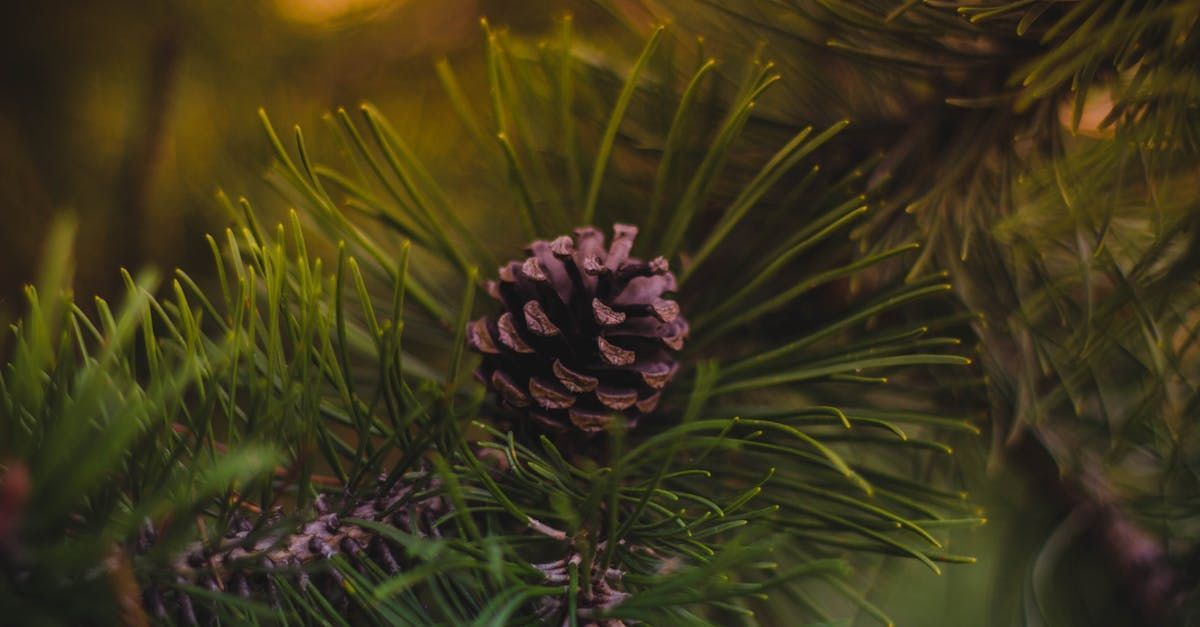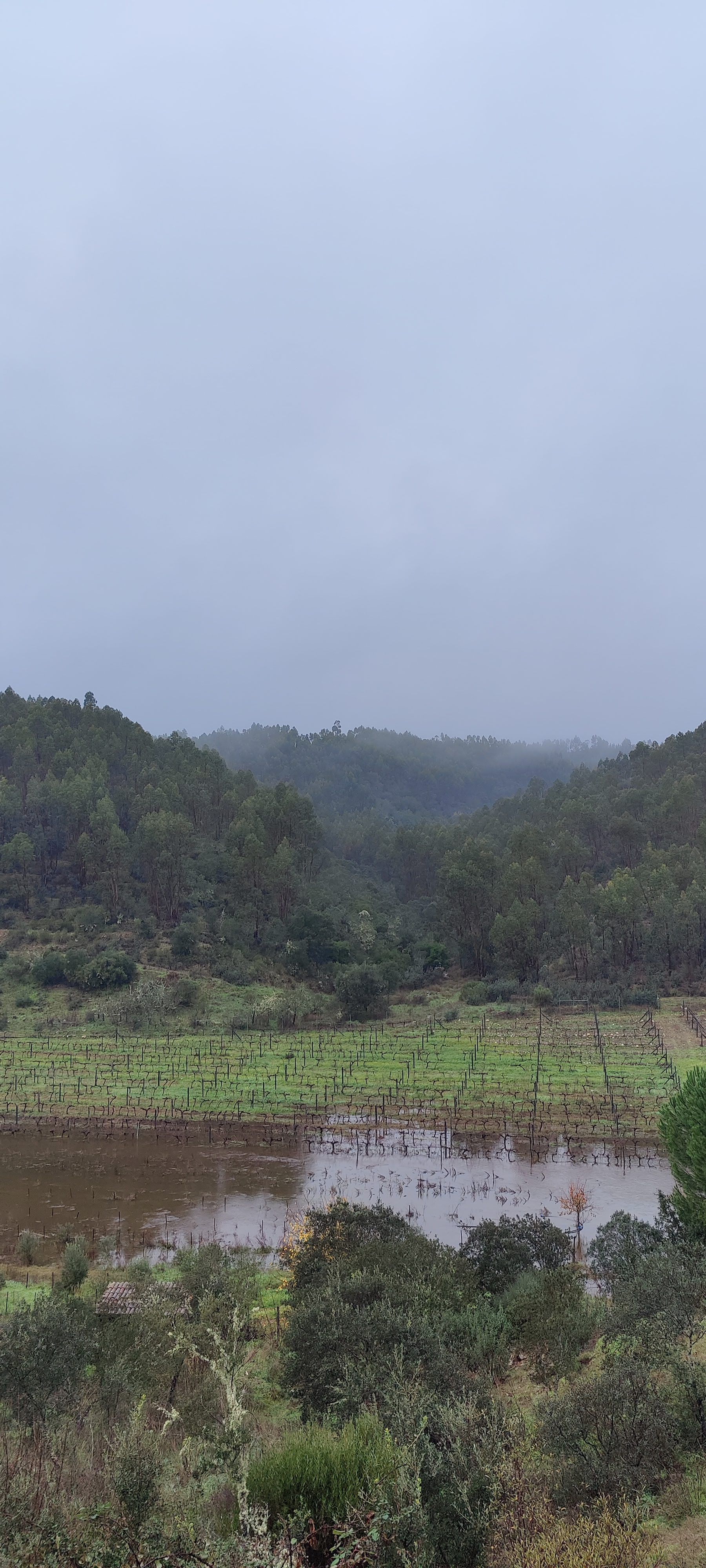Vale da Esteva
Ecological Sanctuary
Respect for Our Earth, Humanity, and Wildlife
Did you know ...
That we are located near the River Ponsul, next to the Beira Baixa ravine?
The location of Vale da Esteva means that each season has its own distinct features. This is another reason to visit more than once a year and to experience very different things.
In summer, opt for lightweight, light-coloured clothing (cotton or linen), a wide-brimmed hat, and insect repellent to keep insects at bay.
In early spring, winter, and autumn, clothing and footwear for cold and wet weather should be worn. It can be cold at night.
105
Hectares of
Forest
5
Hiking
Routes
2
Vegetable
Gardens
1
Vineyard
The Climate
Temperatures in Vale da Esteva
The diversity of forest and tree species present in Vale da Esteva reflects the characteristic climatic profile that affects the property, corresponding, according to the Ecological Map of Portugal, to a Mediterranean climate with continental influence.
The average annual temperatures range between 15°C and 16°C, with extremes generally oscillating between 2°C and 32°C, rarely dropping below -3°C or exceeding 37°C.
The annual precipitation varies between 700 mm and 1000 mm, and the average annual relative humidity values are between 70% and 75%. As for the average number of frost days per year, it ranges between 30 and 40 days.
Vale da Esteva Valley is located in the heart of the Tagus International
Natural Park
The Tagus International Natural Park is an ecological jewel, where the harmonious interaction between geology and biology creates a vibrant haven of biodiversity.
The park's diverse landscape, combined with its rich wildlife and flora, makes it a place of great environmental and scientific importance, essential for the conservation of nature and ecological research.
Vale da Esteva Ecosystems
Located in the heart of the Tagus International Natural Park (PNTI), it is due to its geographical location and the different climatic and topographical conditions that Vale da Esteva serves as a refuge for a rich and diverse range of vegetation and wildlife.
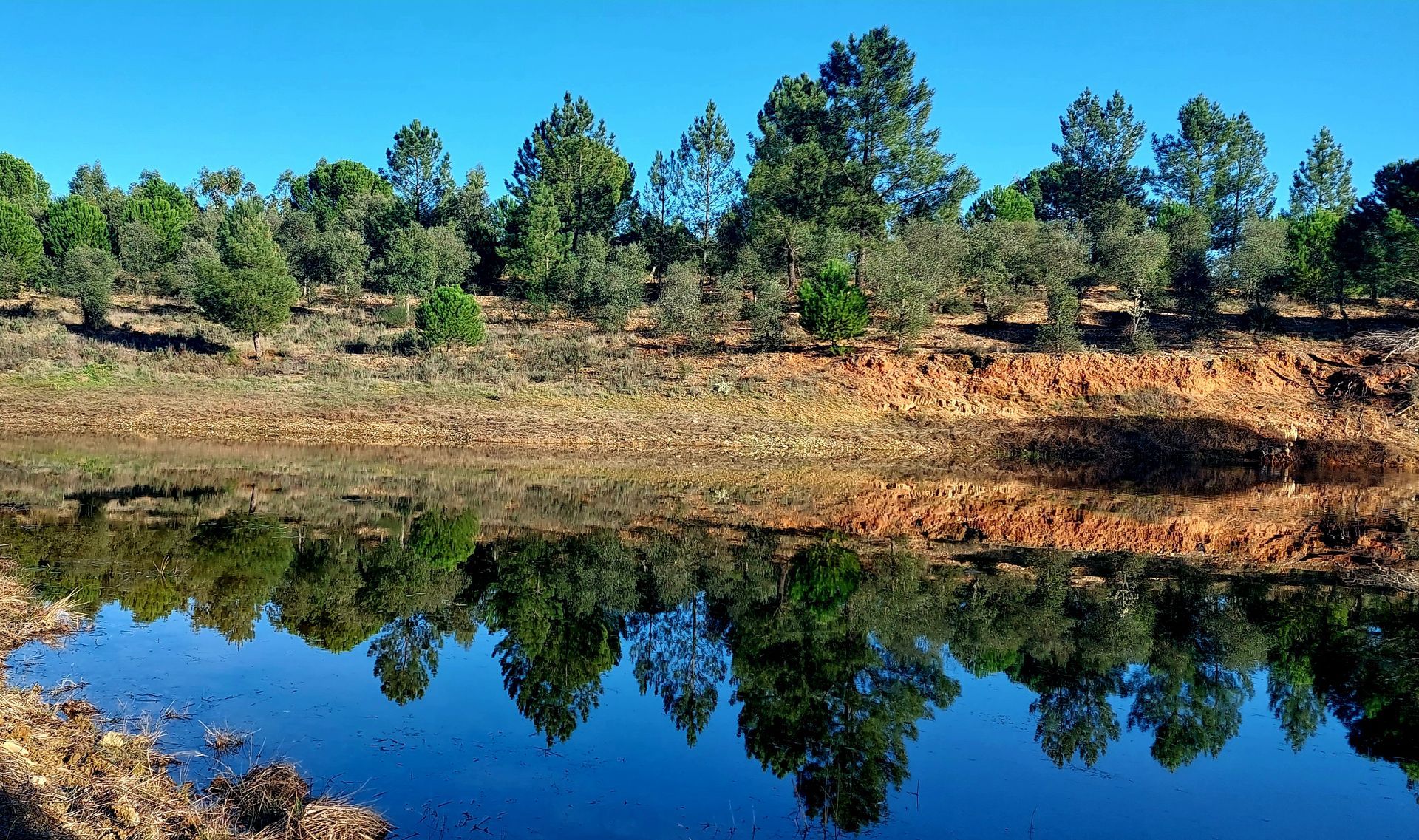
The PNTI is known for its areas of holm oak and cork oak forests, which are characteristic Mediterranean ecosystems and provide habitats for a wide variety of species.
Areas of scrubland, broom, and common gum cistus are also a common sight in the region, offering unique scenic beauty as well as shelter and food for various species of animals.
The valley and plateau areas have pastures and meadows, which provide food for herbivores such as deer and habitats for various birds and insects.
The park also includes wetlands, such as lagoons and flooded areas, which support a diversity of aquatic plants, including reeds and water lilies.
Birds of prey: golden eagles, Egyptian vultures, griffon vultures, and cinereous vultures.
Mammals: Iberian lynxes, deer, wild boar, badgers, European otters, and Iberian wolves.
Amphibians and Reptiles: gold-striped salamander and reptiles such as the Iberian emerald lizard. Rivers and streams are the ideal habitat for fish and various aquatic invertebrates.
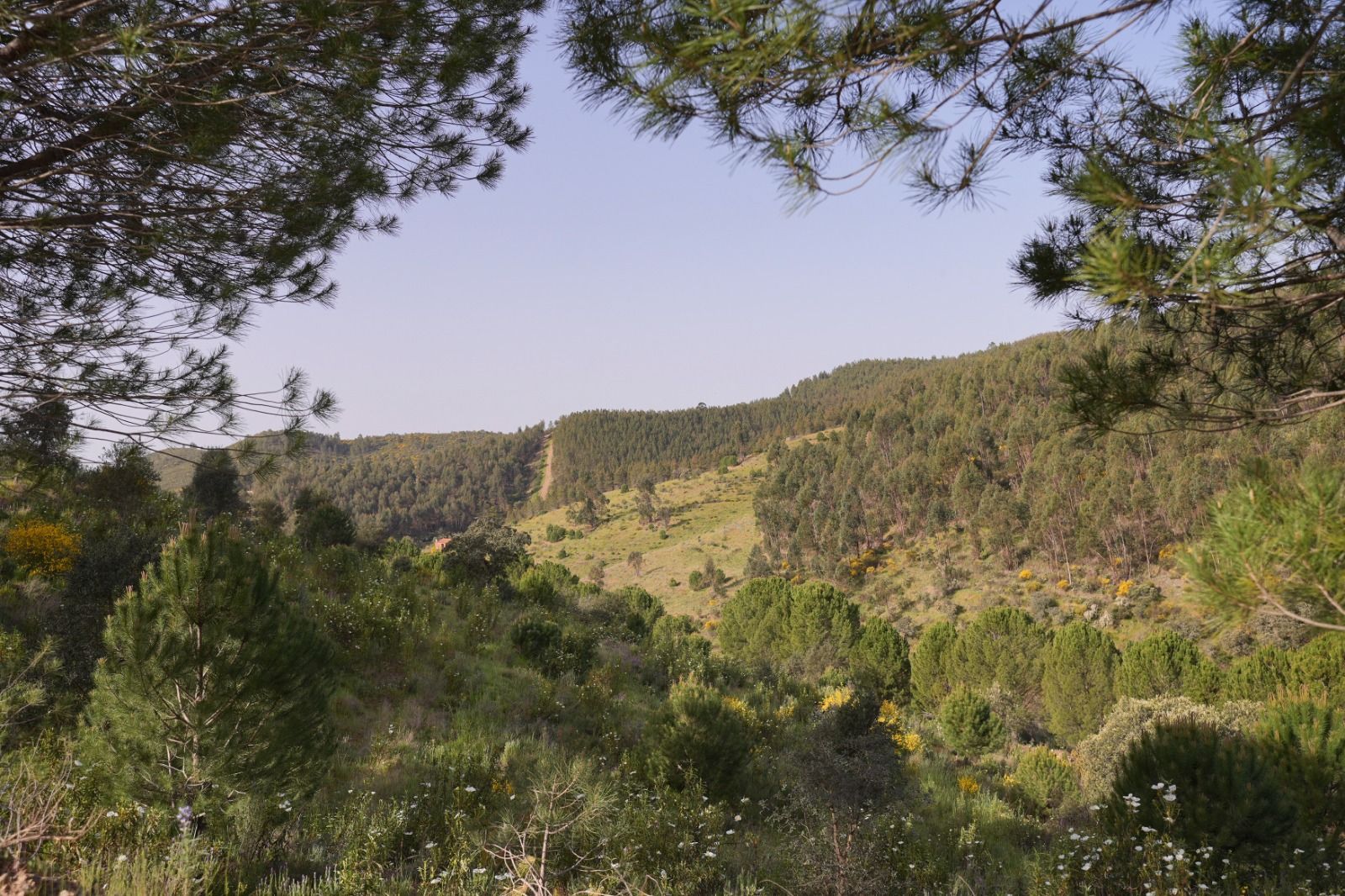
The region is home to several endemic species of wildlife and plants, i.e., species that are exclusive to this area. The park plays an important role in the conservation of endangered species such as the Iberian lynx and the cinereous vulture, contributing to their survival.
Vale da Esteva is a No Hunting Zone
Vale da Esteva became a no hunting zone at the beginning of 2023.
By ensuring that the environment is protected, Vale da Esteva is strengthening its commitment to becoming an ecological and wildlife sanctuary.
History of Rural Life in the Region
Vale da Esteva is home to a fascinating collection of ruins that tell the story of a once prosperous rural life.
These ruins include a threshing floor, chicken coops, a pigsty, an almost intact oven, and a house, all built from schist, reflecting the use of local and traditional materials in the architecture.
The ruins provide evidence of rural life and the region's traditional agricultural practices and represent an important historical and cultural legacy.
The use of schist in construction reflects an adaptation to the environment and the efficient use of local resources.
We have preserved the ruins in Vale da Esteva because they bear witness to the history of a community that lived in harmony with nature.
Did you know ...
That the First French Invasion
passed by here?
The French invasions had a profound impact on the Castelo Branco area. During the First French Invasion in 1807, led by General Junot, French troops passed through Castelo Branco as they advanced towards Lisbon. The region suffered the violence and pillaging typical of military campaigns at the time, which caused great hardship for the local population.
Despite the brutality of the invasions, the resistance in Castelo Branco and other parts of Portugal contributed to the failure of the French campaigns and the eventual withdrawal of Napoleonic troops. The city and the surrounding region witnessed the courage and resilience of its inhabitants, leaving a historical legacy that is still remembered with pride today.





